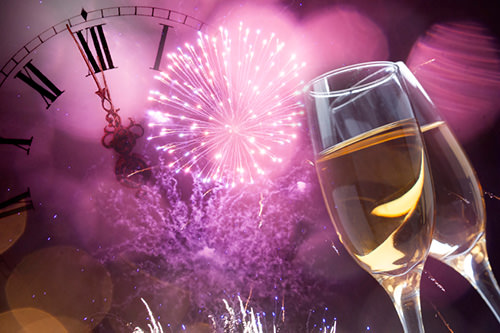Language / Spelling Chinese: Chu Shen Tan (pronunciation) Czech: Stastny Novy Rok Danish: Godt Nytar French: Bonne annee Gaelic (Scotland): Bliadhna mhath ur German: Frohes Neues Jahr / Gutes Neues Jahr Greek: kali chronya Hawaiian: Hauoli Makahiki hou Hebrew: Shana Tova (pronunciation) Hungarian: Boldog Uj Evet Irish: Athbhliain faoi mhaise dhuit /Bhliain nua sasta Italian: Felice Anno Nuovo/Buon anno Japanese: akemashite omedetou gozaimasu (pronunciation) Latin: Felix sit annus novus Portuguese: Feliz Ano Novo Russian: s novim godom (pronunciation) Spanish: Feliz Ano Nuevo Swedish: Gott Nyttar Thai: saa-wat-dii pi-mai (pronunciation) Turkish: Yeliniz Kutlu Olsun/ Mutlu yillar Welsh: Blwyddyn newydd dda In what language can you say “Happy New Year”? Are you looking to add international flair to your New Year’s Eve conversation? After traveling the globe, visiting vineyards and learning to interact with different cultures, I have gained a few insights about how to properly celebrate. One of the oldest of all modern holidays is New Year’s Eve. It was first observed by the ancient Babylonians 4000 years ago. Our current tradition of ushering in the New Year in the U.S. often includes a toast with Champagne or another beverage at midnight!
Are you looking to add international flair to your New Year’s Eve conversation? After traveling the globe, visiting vineyards and learning to interact with different cultures, I have gained a few insights about how to properly celebrate. One of the oldest of all modern holidays is New Year’s Eve. It was first observed by the ancient Babylonians 4000 years ago. Our current tradition of ushering in the New Year in the U.S. often includes a toast with Champagne or another beverage at midnight!Photo credit: ©iStock.com/8213erika

Leave A Comment